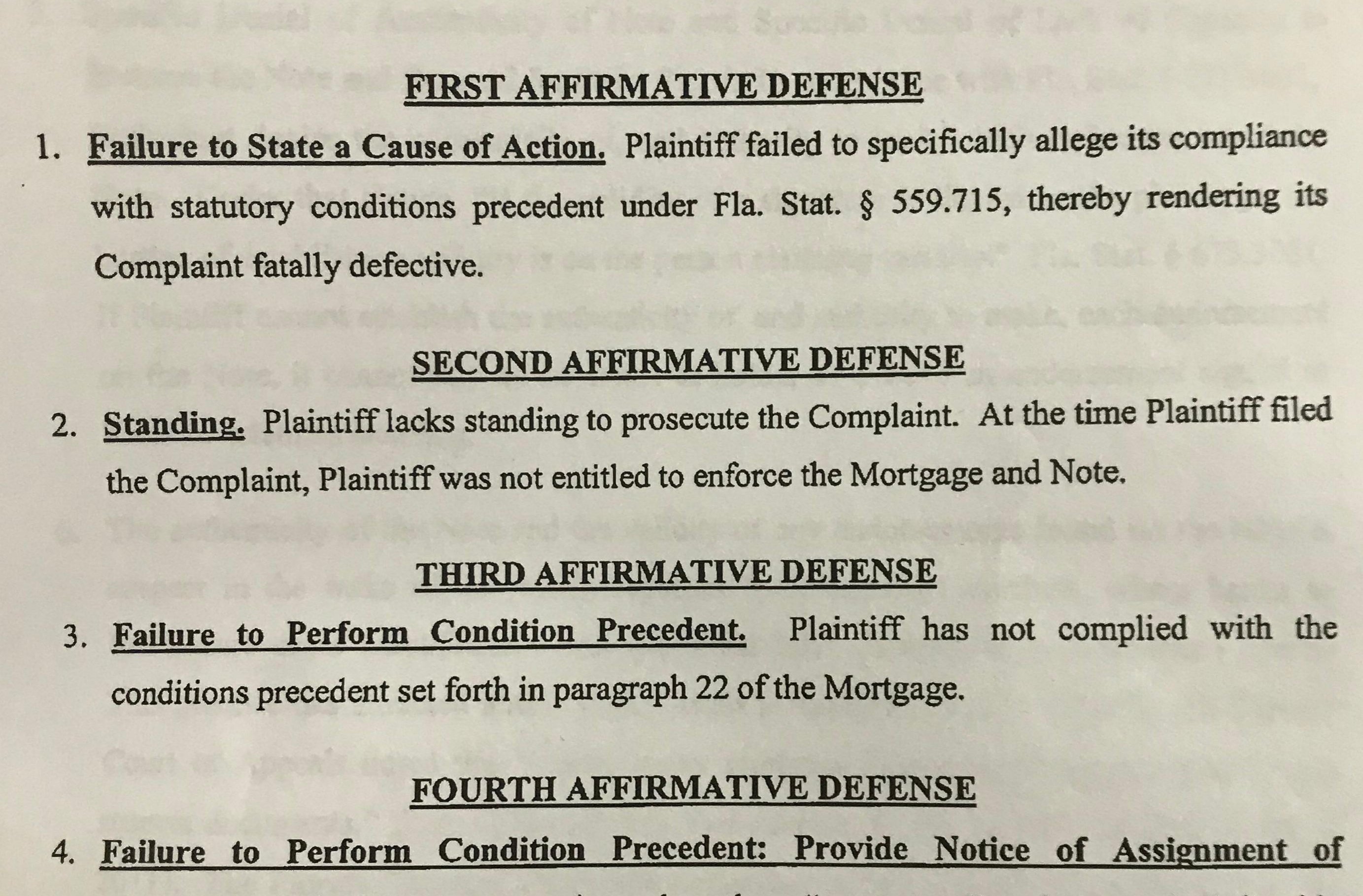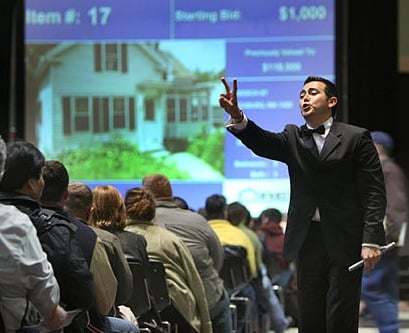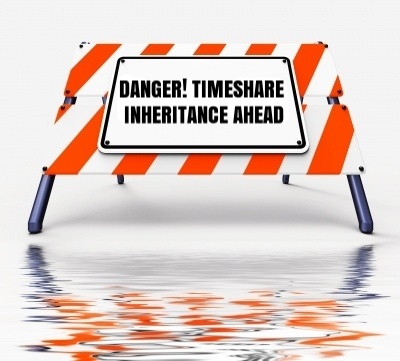 Beginning in 2008, a record number of homeowners had trouble paying their mortgage payments, thanks to the subprime mortgage crisis. As a result, a record number of homes went into foreclosure.
Beginning in 2008, a record number of homeowners had trouble paying their mortgage payments, thanks to the subprime mortgage crisis. As a result, a record number of homes went into foreclosure.
David Ramos' mission is to help save people from that plight. Mr. Ramos, who has worked with home mortgages for over 15 years, started helping people modify their home loans 5 years ago, and hasn't stopped since. With over 5,000 mortgage modifications under his belt, Mr. Ramos is recognized as one of the world's foremost experts in home loan modification, and he continues to help people save their homes as Operations Manager at Amerihope Alliance Legal Services, a law firm that concentrates on foreclosure defense.
Today, I sat down with David Ramos to discuss the drastic changes in home loan modifications over the last 5 years.
Interviewer: Before the mortgage crisis, did loan modifications even exist?
David: Home loan modifications have always been around, but they were only used once in a blue moon. Before the crisis, modifications were only used in two different situations. The first was if there was some error with the original loan, then the bank would attempt to fix that error. The second situation was if there was some extreme hardship or emergency; for example, if I got married and my wife passed away, then I would call the bank to see if they could modify my mortgage to help me out.
Interviewer: In the beginning (2008), how did banks handle home loan modifications?
David: In 2008, 2 or 3 people might have comprised a bank's entire loan modification department. These days, large banks will have thousands of people working within their modification department.
Interviewer: Was the loan modification process more simple back then?
David: Not only was the modification process more simple, it was more personal and brief, too. Today, it's a tedious and impersonal process. Five or six years ago, even a large national bank like Chase, for example, would have one person to call for modifications. You would send him a few pay stubs and a new payment proposal, and the entire process was complete in a few weeks' time. Now, that's certainly not the case; applying for a loan modification is almost like applying for a new mortgage.
Interviewer: When did it start becoming a tedious process?
David: I can't pinpoint any singular date, but I will say that Saxon was the first bank to make everything more difficult. They began underwriting home loans and requesting tax returns. Today, asking for tax returns is just part of the process, but the first time I heard that, I said, “Tax Returns?!! What?” Even though that was 4 or 5 years ago, I still remember that day like it was yesterday.
Interviewer: Would you say that banks have adjusted well to the increased demand since the crisis?
David: No. Banks have done well to train more of their workforce to deal with loan modification, but the trade-off is that the process is more automated and less personal because there's so much demand. Bank of America was the first bank to automate their loan modification process. Today, Wells Fargo seems to be at the forefront of de-personalizing things, which has given them a bad reputation with clients and homeowner advocates alike.
Interviewer: So what is the role of Amerihope Alliance Legal Services in all this?
David: Imagine there's a doctor who sees only 10 patients daily, then all of a sudden he has to see 500. Instead of dealing with each case individually, the doctor's care will now be less individualized, even if someone's ailment really is a special case. That's what happened in the mortgage industry, and our job is to get certain people involved to help the banks realize “Hey, here is why this case is different.” This part of the process has become much harder, and I don't see that changing anytime soon.
Interviewer: What was your most memorable home loan modification?
There are many memorable modifications to speak of, but a specific case comes to mind. Not too long ago, there was a client who was over 3 years behind on her mortgage payments. She owed her bank over $110,000.00, not counting attorney's fees and other costs. We were able to get that $110,000.00debt completely free and clear! The assurance that we saved someone's home was well worth all the hard work, but hearing her “thank you” call afterward was really the icing on the cake.
I would like to thank David Ramos for taking the time to interview with me. Thanks to our conversation, I can understand why it's important to have a foreclosure defense attorney on your side to help beat the loan modification process.










